Heavy rains, cloudburst, landslides and earthquakes are not new to the Indian Himalayan region whether it is Kashmir, Himachal, Uttarakhand, Sikkim and Arunachal, neither neighboring Nepal and Bhutan are spared from these natural calamities. These regions are witnessing such fiascoes since ages but the disaster that happened last week was devastating and its cause was anthropogenic beyond doubt. This great destruction of life and property should be an eye opener to the planners, administrators, local governments- who are in charge of the things and also to common citizen like us who are always at the receiving end.
It is time to retrospect and rectify our approach towards development of hill areas such that this type of disaster is not repeated. In order to avoid such mishappening in the future, local governments of the Himalayan states should take lessons from easternmost state of Arunachal Pradesh and neighboring Himalayan kingdom of Bhutan. In both these regions the entry for tourists and outsiders is restricted. In Bhutan beside the special entry permit for capital region, special permission is required to visit different parts of the country. The Royal Government of Bhutan has always been aware that an unrestricted flow of tourists can have negative impact on Bhutan's pristine environment and its rich and unique culture. The government, therefore, adopted a policy of high value-low volume tourism, controlling the type and quantity of tourism right from the start. In Arunachal Pradesh also, the entry is regulated by means of inner line permit (I.L.P.). These measures have helped both the Himalayan regions to control the tourist pressure on the environment and natural resources.
Bhutan's natural heritage is largely unaffected by the social, economical and population pressures till date and it is considered to be one of the greatest ecological conservationist countries in the world. But what is needed to be understood and highlighted about its open minded and progressive conservation plans are the manner in which this country has adopted the modern development requirements inter blended with traditional thoughts and culture. There, the conservation is not only restricted to maintain sixty percent forest cover or designating wild life sanctuaries and national parks but much more than that. Ecological concern is in their basic theme of development and planning and the same is reinforced by strict enactment of regulations and laws.
In contrast, looking at our own hill stations, these represent over-populated concrete junkyards having filthy markets, chocked drainage, water scarcity, power cuts, littered streets etc., the list is very long. If we look at the old photographs of any of these hill stations, may be twenty five to thirty years back, we will understand that each of these hill station whether it is Srinagar in J & K, Shimla in Himachal, Mussouri in Uttarakhand or Gangtok in Sikkim during the past used to be characterized by its unique traditional building style probably constructed utilizing locally available material. Nowadays all these hill stations look alike- concrete jargon resting haphazardly on hill slopes. There is no development/ expansion plan available with the authorities.
During the last two decades, all Himalayan states of north India and Sikkim, have witnessed enormous growth in tourism. For catering to this tourism, a large number of unplanned and unauthorized developmental activities in the form of construction of hotels, lodges, restaurants aligned along major roads/rivers and protruding onto the river beds have come up. No strict construction norms are followed till date. Uncontrolled garbage dumping beside the river, untreated drain and seepage water, cutting of vulnerable hill slopes for construction of lodges, hotels and resorts is going on at great pace. No restriction on inflow of tourists at popular tourism destinations, pilgrimage centers has been made. There is unrestricted inflow of vehicular traffic at these destinations especially during peak seasons. Media and newspapers are also trying to highlight these issues now when the disaster has struck. Still this debate is on the sidelines only and may loose its impact after few days.
It is shocking to know that in a state having population of just over 1 crore more than 2.5 crore tourists’ visits every year and this number is increasing every year. Most of this tourist concentration is during summer season when the population pressure is the most and during this period any calamity viz., heavy rainfall/ cloud burst, landslides etc. exaggerates such catastrophe several folds. Local population is also mostly engaged in catering to tourism due to non availability of agricultural land and other avenues of employment.
This calamity has offered us a chance to self evaluate our policies of negligence, inadvertent planning and repentance for unmindful construction in the name of development in the hilly regions. There is urgent need to downsize tourism and develop mechanism to regulate religious tourism.
Lastly, my heartfelt condolence for all those who have lost their lives. Let us hope the relief measure shall reach invariably to the pilgrims, tourists and local affected population as well.
Uttarakhand Government's website for information on rescue and relief operations - http://uk.gov.in/pages/view/481-rescue-and-relief-operations''
Those who wish to contribute funds for supporting the relief operations can send cheques to Prime Minister National relief fund at: https://pmnrf.gov.in/payform.php
If you wish to send blankets, usable clothes, food packs and relief material ,send them to NGO ‘Goonj” for details visit website http://goong.org or contact 011 4140216
Those who wish to contribute for Uttarakhand Disaster Relief Work by Patanjali Yogpeeth (Trust) may visit http://www.divyayoga.com/ or call Coordinator : Sh. Manish Kumar, Mobile No. : +91-9760092866; E mail : [email protected]
References:
1. Thimpu City Development Strategy, Ministry of works and Human settlement, Royal Government of Bhutan, May, 2008.
2.The Local Government Act of Bhutan, 2009 ( www.nabgov.bt)
3.Bhutan Trust fund for Environment and conservation ( www.bhutantrustfund.bt)
4.Times of India, June 23rd,2013
5.All Photographs by Rahul Khanna except two ( source mentioned in caption)
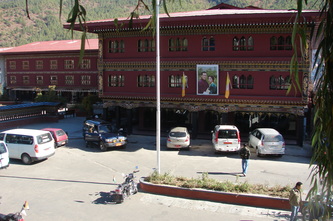
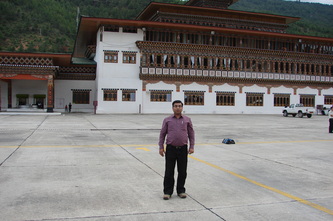
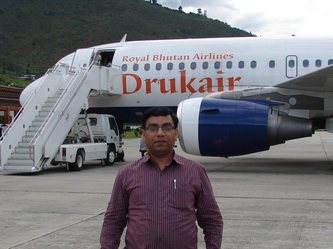
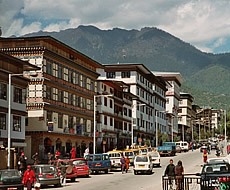
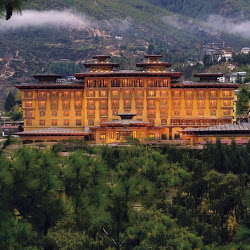
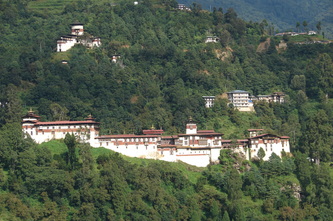
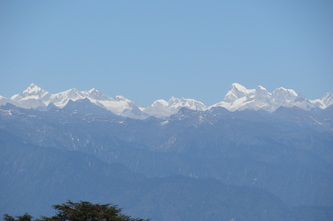
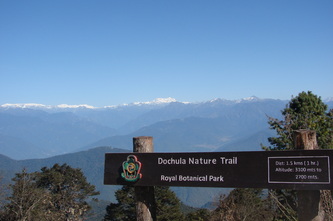

 RSS Feed
RSS Feed
